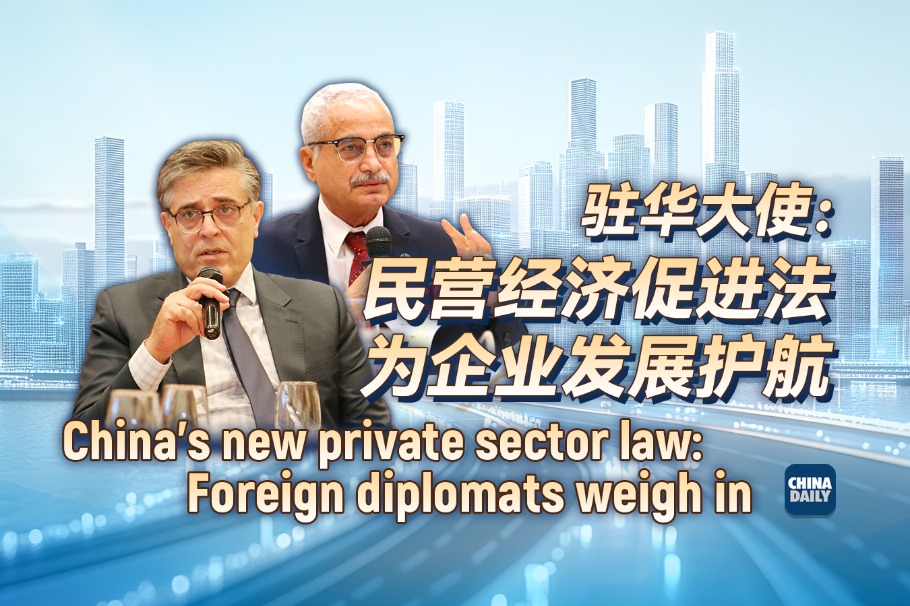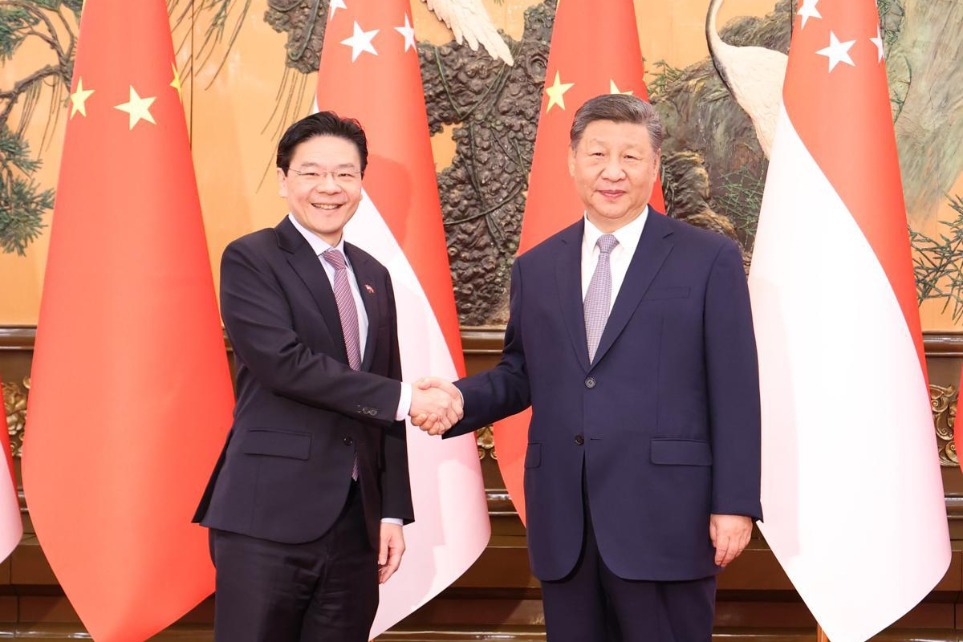China and the World Trade Organization


I. China Has Faithfully Fulfilled Its WTO Accession Commitments
Since China acceded to the World Trade Organization in 2001, it has made continued efforts to improve its socialist market economy system, further align its policies with multilateral trade rules in all areas, honor its commitments on opening trade in goods and services, and strengthen intellectual property rights (IPR) protection. Remarkable improvements have been made in enhancing the stability, transparency, and predictability of its opening-up policies. China has contributed significantly to the effective operation of the multilateral trading system.
1. Improving the socialist market economy and relevant legal system
Consistently reforming to develop the socialist market economy. China has accelerated efforts to improve the socialist market economy system and strengthen the market system. This has involved reorganizing the relationship between the government and the market, letting the market play the decisive role in resource allocation and the government play its role better. Education campaigns on WTO rules have been extensively rolled out, raising public awareness of the market, competition, rules and the concept of rule of law.
Continuously improving the legal system of socialist market economy.
Upholding the rule of law, China has faithfully observed and implemented WTO rules, improved its laws and regulations on market economy, and built up a legal system in line with multilateral trade rules. After its accession, China launched major efforts to review and revise relevant laws and regulations, involving 2,300 laws, regulations and departmental rules at central government level, and 190,000 policies and regulations at sub-central government levels, covering trade, investment, IPR protection, etc. In 2014, China issued an official document on furthering trade policy compliance with WTO rules, requiring government at all levels to assess proposed trade policies in accordance with WTO agreements and China's commitments. In 2016, China set up a legality review mechanism to examine normative documents, enhancing the transparency of and public participation in policy development.
2. Fulfilling commitments on trade in goods
Substantively reducing import tariffs. By reducing import costs to boost trade, China has shared its development dividend and growing markets with the rest of the world. By 2010, China had fulfilled all of its tariff reduction commitments, reducing the average tariff level from 15.3 percent in 2001 to 9.8 percent. It lowered the average tariff rate of manufactured goods from 14.8 to 8.9 percent. It cut the average tariff rate of agricultural products from 23.2 to 15.2 percent, about one fourth of the global average and far lower than those imposed by the WTO's developing members (56 percent) and developed members (39 percent). China's maximum bound tariff rate of agricultural products is 65 percent, while the corresponding rates of the United States, the European Union and Japan are 440, 408 and 1,706 percent respectively.
Significantly lowering non-tariff barriers. To increase transparency and facilitate trade, China has reduced unnecessary trade restrictions. By January 2005, in accordance with its commitments, China had eliminated import quotas, import licenses, specific import tendering requirements and other non-tariff measures with regard to 424 items such as automobiles, machinery and electronics products, and natural rubber. It introduced tariff rate quota administration for important bulk commodities, i.e. wheat, corn, rice, sugar, cotton, wool, wool top, and chemical fertilizers.
Liberalizing the right to trade. To diversify entities and stimulate their enthusiasm to engage in foreign trade, in July 2004 China replaced approval system with registration system for foreign trade authorization, releasing immense vigor of private businesses which has led to a surge of foreign trade in the private sector. With rapid growth and an increasing share of the market, private companies have become important actors in China's foreign trade. In 2017, foreign trade by private companies and foreign-invested enterprises (FIEs) accounted for 83.7 percent of the country's total trade volume, up from 57.5 percent in 2001. In 2017, Chinese private companies, which take the largest share of China's exports, contributed 46.6 percent of all goods and services exported.































